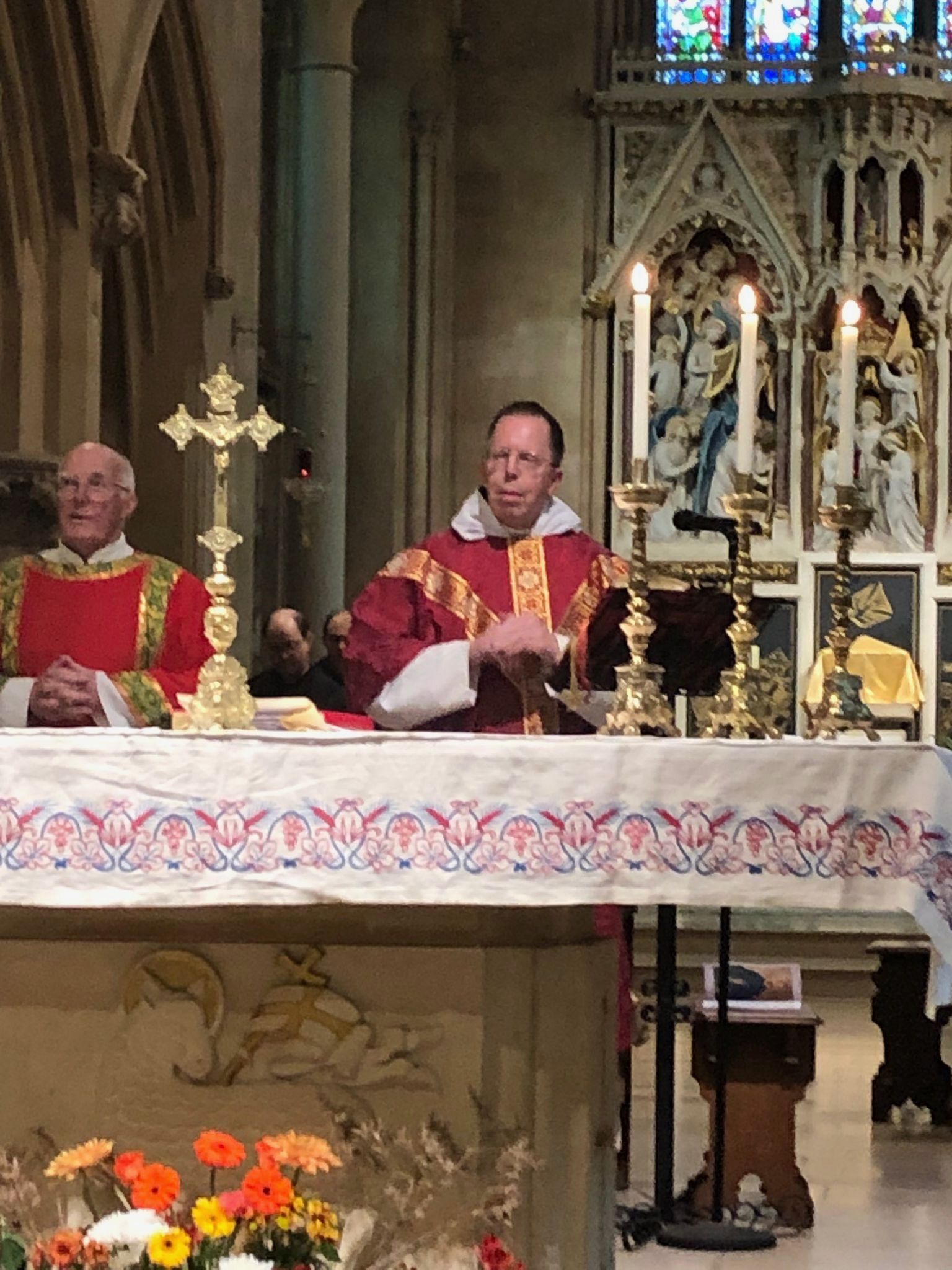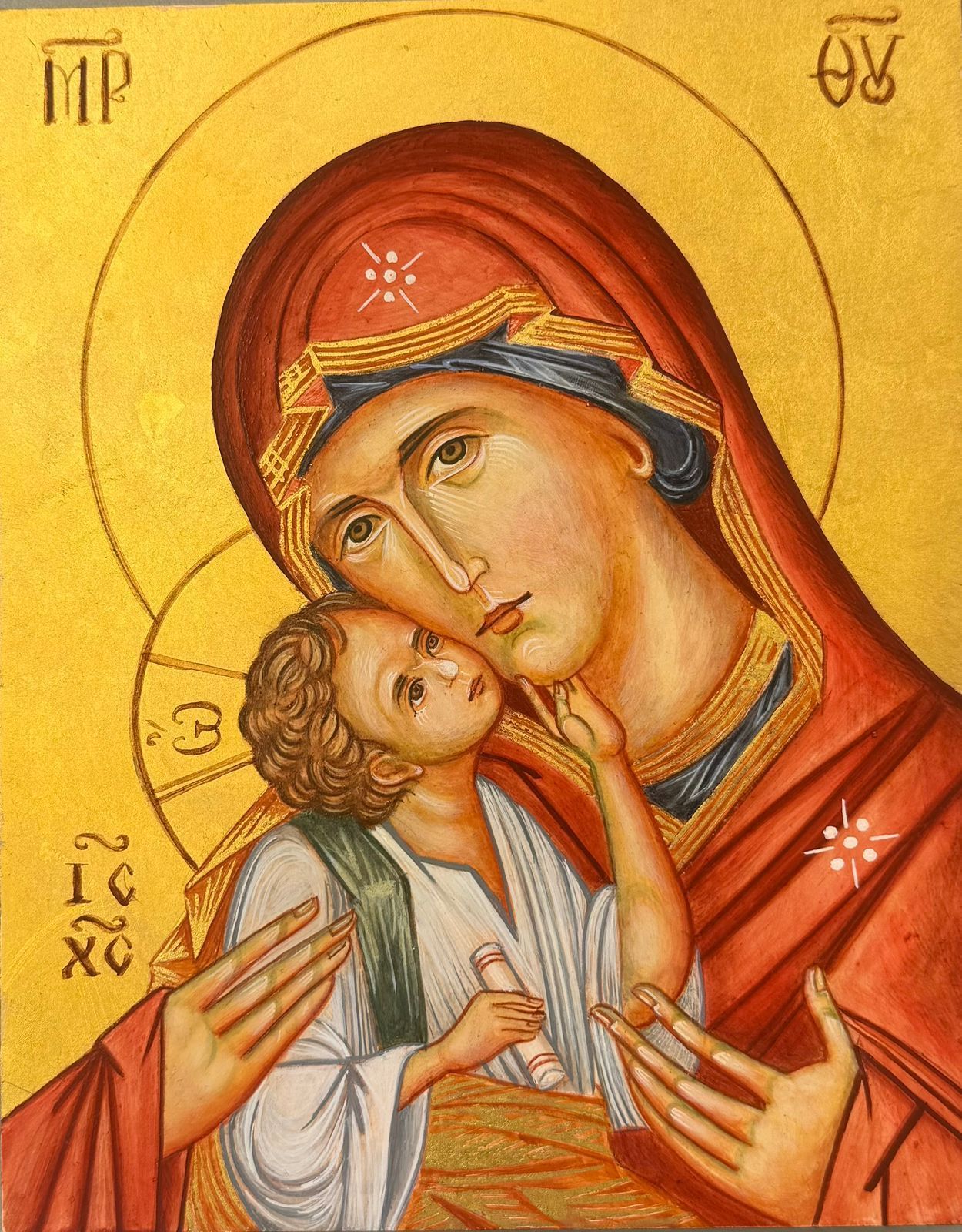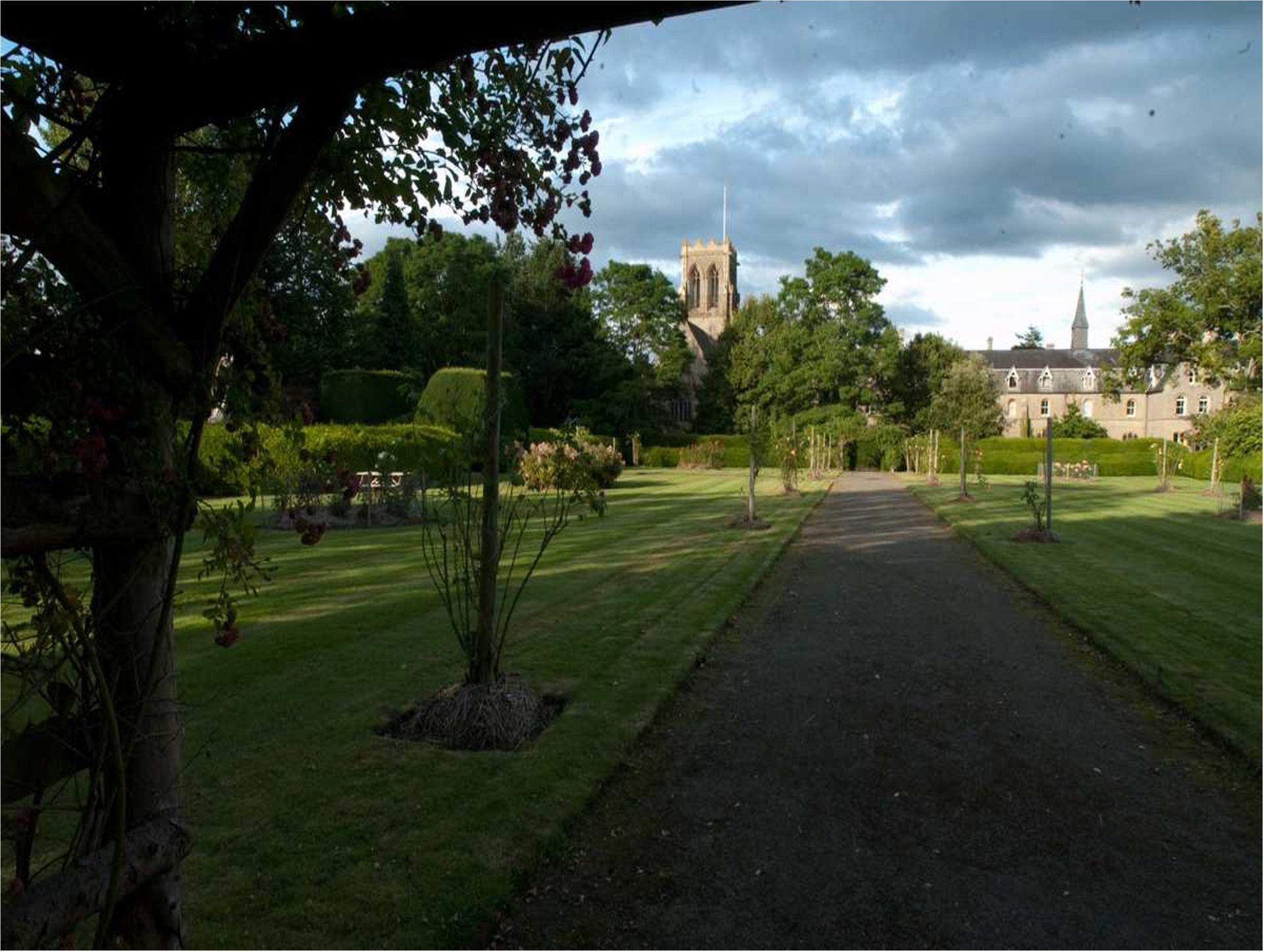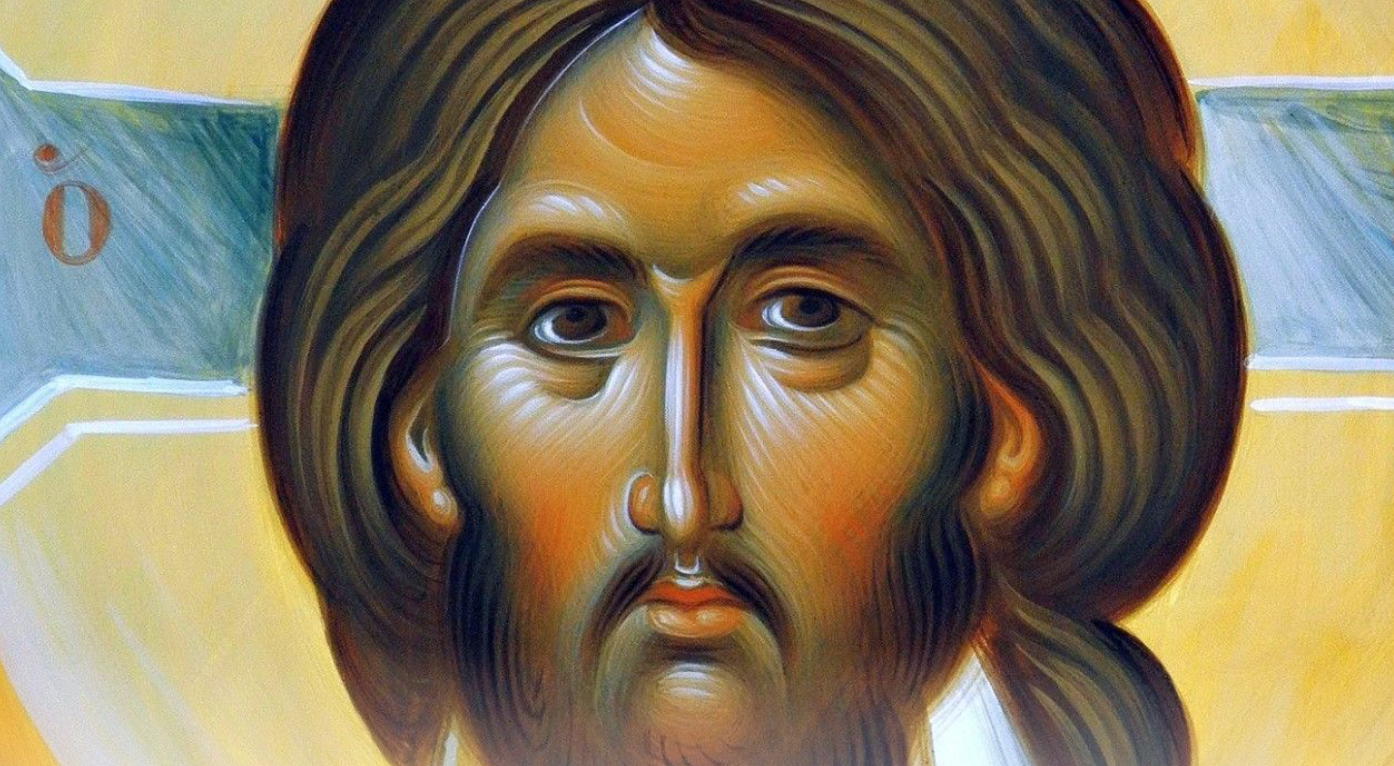Message of Abbot Paul - Tuesday 1st November 2022
Abbot Paul • October 31, 2022

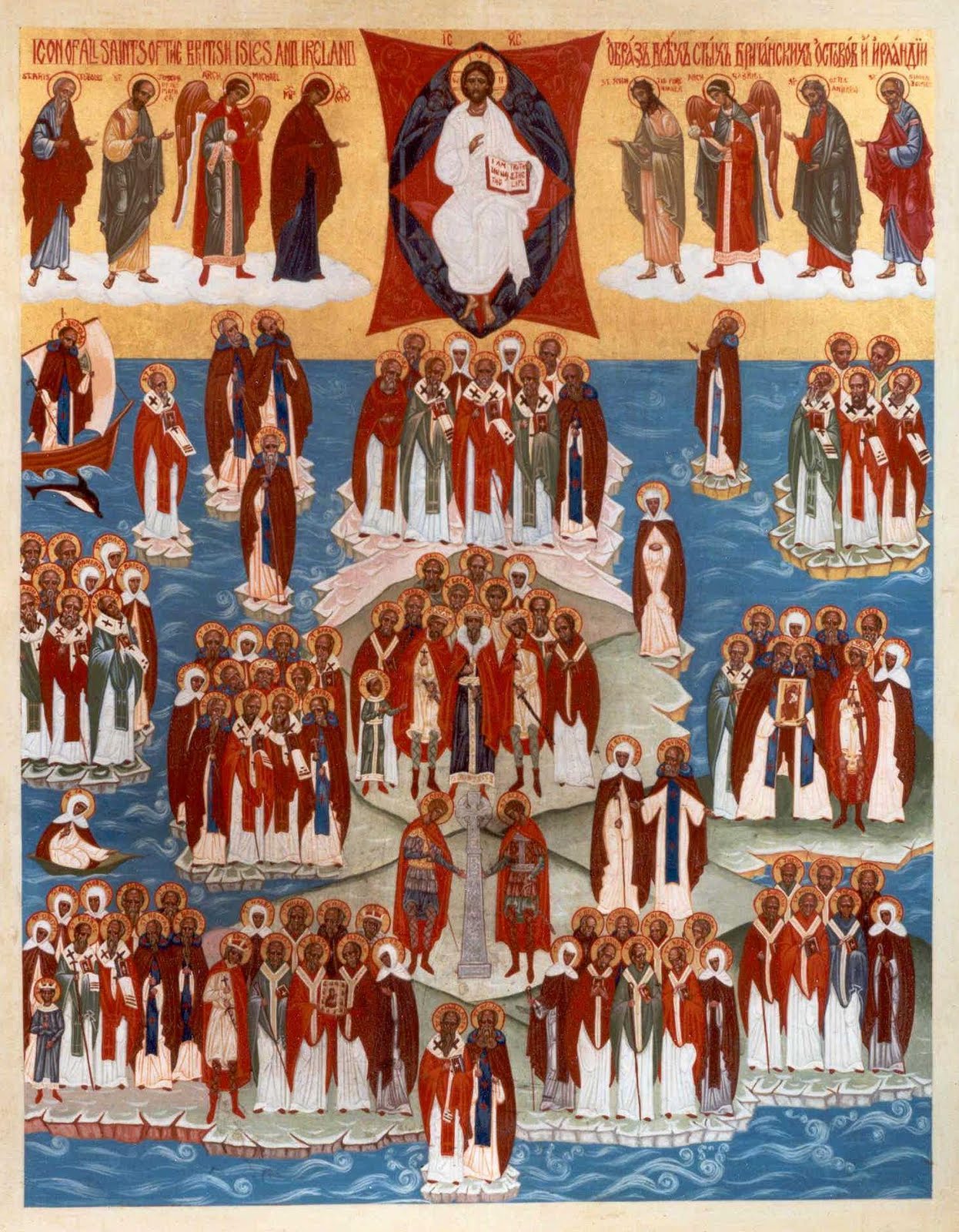
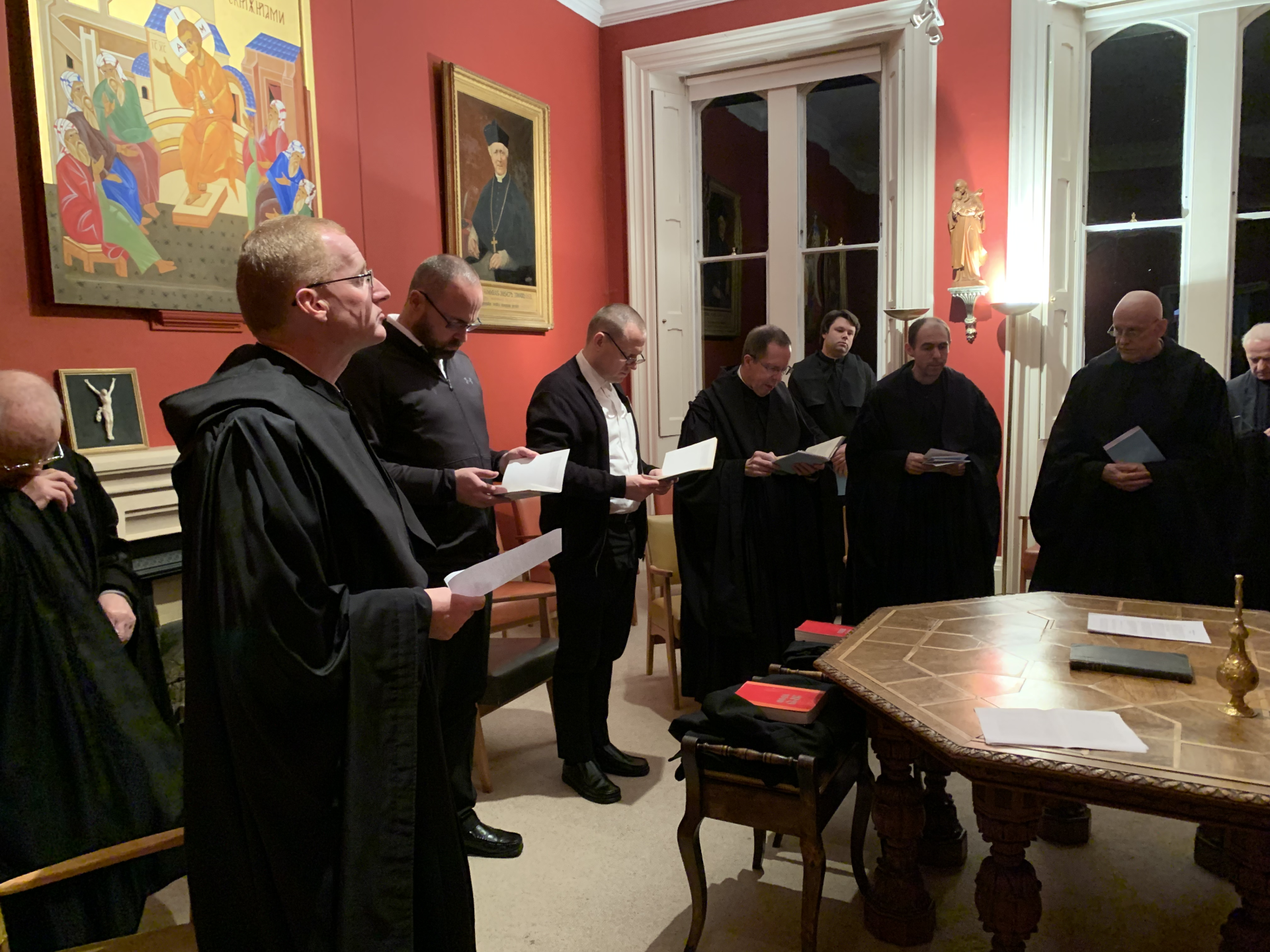
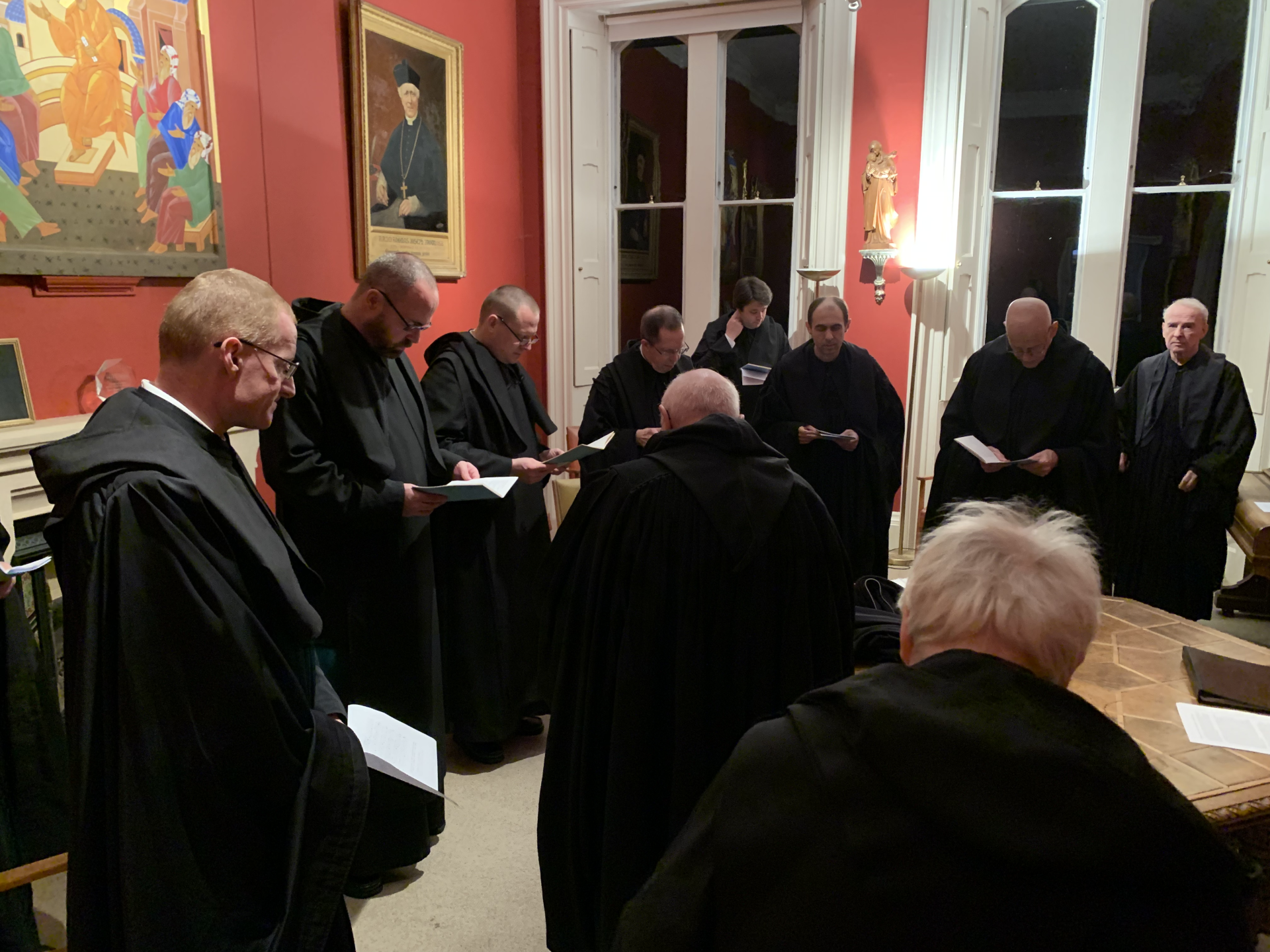
Yesterday evening in the Chapter Room at Belmont, Br Meinrad Earley and Br Gildas Dudonis were received into the Novitiate of Belmont Abbey and thus they began their monastic journey under the Novice Master, the Very Revd. Dom Michael Evans, Prior of the monastery. It was my joy and privilege to clothe them in the habit of the English Congregation. They had been postulants since the beginning of the year. I ask you to pray for their perseverance in the monastic life and that the good Lord bless us with many more vocations.
Today is the Solemnity of All Saints and here is my short homily for the feast.
“I saw a huge number, impossible to count, of people from every nation, race, tribe and language; they were standing in front of the throne of the Lamb, dressed in white robes and with palms in their hands.” This vision of heaven lies at the heart of the Feast of All Saints, which began as a celebration of the martyrs, many of whom were unknown by name. St Ephrem the Syrian, in the middle of the 4th Century, mentions a feast dedicated to the saints, all of them martyrs, and St John Chrysostom, about 40 years’ later, assigned the feast to the Sunday after Pentecost. Byzantine Rite Christians still celebrate All Saints on that day. The feast only came to the West when Pope Boniface IV consecrated the Pantheon in Rome for Christian use on May 13th 609. A pagan temple, dedicated to the worship of the entire pantheon of Roman deities, was transformed into a Christian church in honour of all the saints. The feast was observed annually on this date until Pope Gregory III dedicated a chapel in St. Peter's Basilica to "All the Saints" on 1st November some time towards the middle of the 8th Century. It was Pope Gregory IV, who in 835 ordered the feast to be observed on 1st November throughout the Western Church. That is how All Saints came to be celebrated in Britain in the middle of the 9th Century.
Today we honour all the Saints, those who are famous and universally loved, those who are local and known only to a specific community, those who have gone out of fashion and been replaced by modern saints and those who are completely unknown, in fact, known only to God and to their fellow saints. Among these are members of our own families and community, people we have known and loved and who have had a great influence on our lives and still do through their intercession and the memory of their example and writings.
St John reminds us in today’s second reading that, because of the “love the Father has lavished on us,” we can be “called God’s children, and that is what we are.” This is why St Paul calls all Christians saints. God has poured out his Spirit on us, making us temples of the Holy Spirit, living stones forming the Body of Christ. We are far from perfect, and yet, like the wheat grain that falls to the ground and dies, we are called and destined to be saints. “We are already children of God, but what we are to be in the future has not yet been revealed; all we know is, that when it is revealed, we shall be like him because we shall see him as he really is.”
This is the exiting dynamic of being a Christian, the tension between what we are and what we shall be, the future hidden in the present and the present yet to be revealed in the future. At the Transfiguration, the disciples had a vision of Christ in glory. We too, just occasionally, “see in a glass darkly” a fleeting glimpse of our own future glory in the sight of God. What we cannot normally see in ourselves, we see in the saints. So, let us take heart from their lives and join in that glorious hymn of the saints in heaven, “Praise and glory and wisdom and thanksgiving and honour and power and strength to our God for ever and ever. Amen.”


